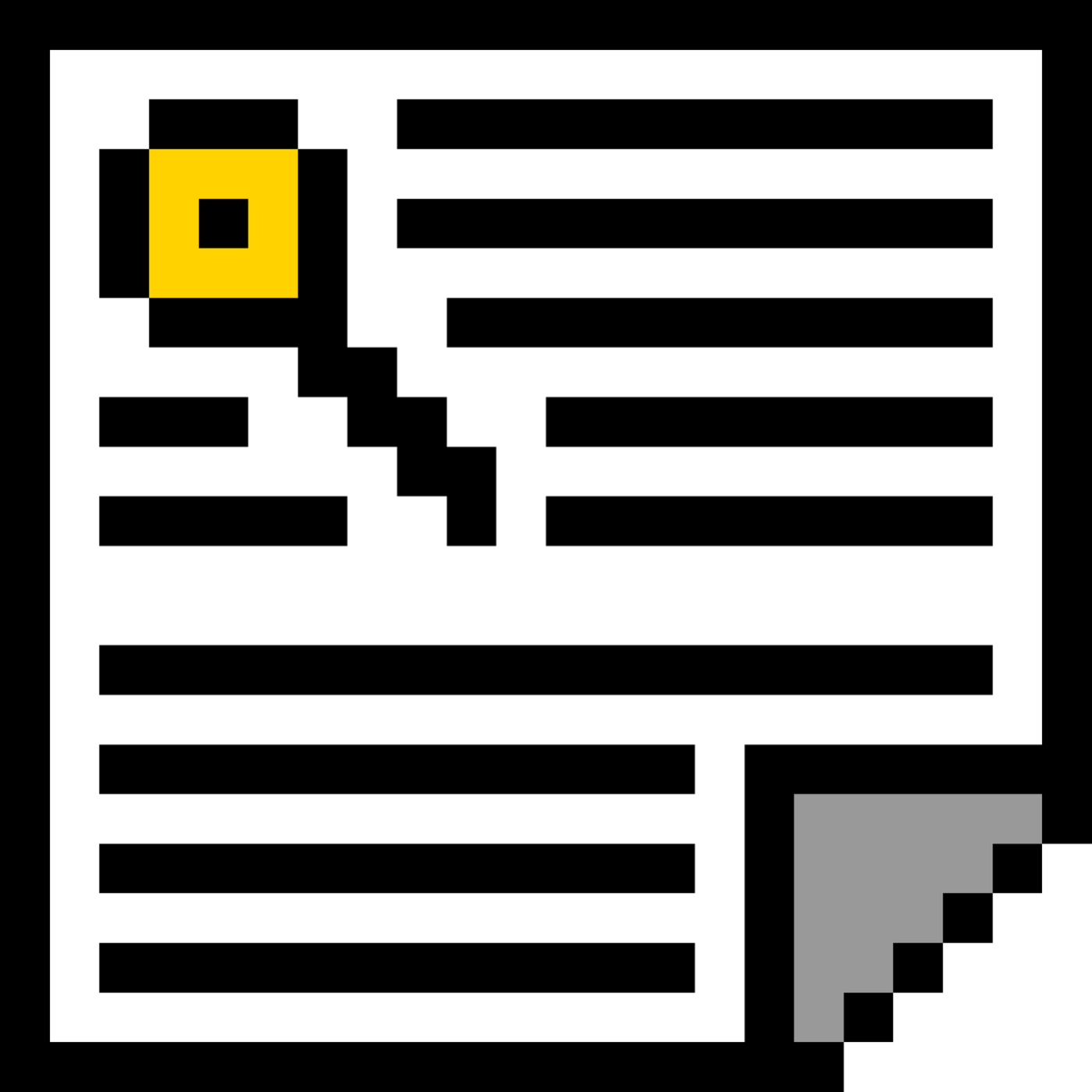1,656 reads
Enhance Your Photos with the CSS Contrast, Brightness, Saturation, and Sepia Functions
by
August 22nd, 2023
Audio Presented by
Story's Credibility





About Author
☕ Fullstack developer 👨💻 Indie maker ✍️ Tech writer



☕ Fullstack developer 👨💻 Indie maker ✍️ Tech writer